On Sunday, March 20, 2016, in a major step toward easing political tensions and restoring full diplomatic relations between America and Cuba, President Obama became the first sitting U.S. president to set foot on Cuban soil since 1928.
These articles from our archive give a historical perspective on the interesting and often contentious U.S.-Cuban relations, beginning with America’s entrance into the Spanish-American War and ending during the tense days of the Cuban Missile Crisis:
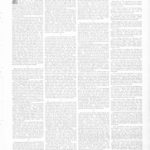
Cuba as It Is Today — March 26, 1898
Author Fanny B. Ward visits Spanish-held Havana, visits the site of the USS Maine, and meets with American Red Cross founder Clara Barton.
Cuba’s Grievances — January 27, 1934
“Our financial interest in Cuba is much greater than the average American realizes,” Edwin LeFevre warns in 1934 as America was considering stepping out of Cuba’s affairs.
Havana — March 31, 1951
Leigh White reports from pre-Castro Cuba: “Cynical and sinful is lovely Havana, where riots occur on Brotherhood Square, streetcars don’t stop for passengers and the atom bomb’s a joke. She’s the New World’s tropical version of wicked old Pompeii.”
To Cuba with Cal — February 1, 1958
Beverly Smith Jr.’s recollections of his time in Cuba, when he accompanied ex-President Coolidge, the last U.S. president to visit the island. In Smith’s report of a “simpler and more carefree era,” he recalls Will Rogers’ summation of America’s policy in the Caribbean, where Uncle Sam was “shaking with one hand and shooting with the other.”
Can Castro Save Cuba? — August 1, 1959
“For nearly seven years, in prison, in exile, and as a hunted rebel … Castro was obsessed with one thought — the overthrow of President Fulgencio Batista, whom Castro and a majority of Cubans looked upon as a thief and a tyrant,” writes Harold H. Martin, whose tone is still hopeful. At the time the article appeared in the Post, Castro had not yet nationalized American businesses in Cuba or earned the long-lasting enmity of Washington.
Cuba: State of Confusion — March 26, 1960
Harold H. Martin reports on the chaotic conditions in Cuba as Castro’s lieutenants, including National Bank director Ernesto “Che” Guevara, improvise a government.
Cuba Under Communist Rule — October 13, 1962
“Nobody can tell with any accuracy how many Cubans are for or against Castro,” writes Ruth Sheldon Knowles from Cuba in this 1962 article. “But I am convinced that he also has much popular support among farmers, workers, students, many of whom have benefited from his regime “I was surprised by the number of Cubans who spoke against the government. … But they accept it … and they see no alternative, unless there is another invasion. I was asked several times, and I was never sure whether the question was put jokingly or not, ‘When is the next Yankee invasion coming, por favor?'”
Chaos in Castro’s Cuba — June 8, 1963
In 1963, Edward Behr went looking for signs of hope in Cuba but found none. Instead of food and the promised prosperity, there was propaganda, inefficiency, and falling standards in factories and schools.
Become a Saturday Evening Post member and enjoy unlimited access. Subscribe now
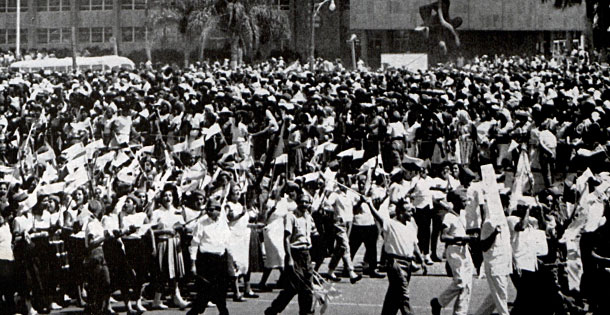
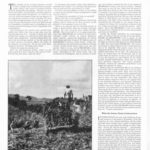
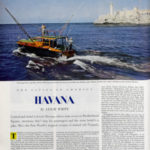
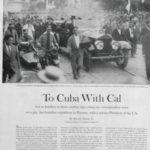
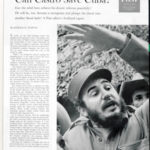
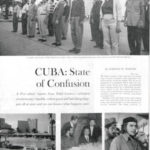
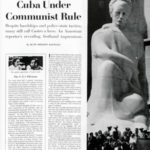
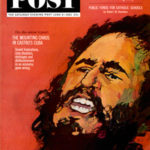



Comments
Cuba ruled by Castro has been
A reminder to the U.S.
That a small player can still win
Against a big in game of chess.
So many pieces sacrificed,
But Cuba can claim a checkmate,
Not to be bullied or enticed
By neighbor, Uncle Sam the Great?
Unlike changing democracy,
Where powers in run hot and cold,
A dictatorship strategy
Is stay the same and power hold.
The Saudi king – dictator same,
Hot with the U.S. – a strange game.